Ra'thazi'i Anatomy
Draconian Forms
Ra'thazi'i naturally have four legs and four wings, with a Soul Stone on their chests, but their anatomy varies greatly by subspecies and subtype.
subspecies
ra'thazi'i
- The standard, all adaptable Ra'thazi'i, these are the most plentiful breed, and from which all subspecies are derivative of. They've evolved to live on open plains and temperate zones.

Ca'thari'i
- A subterranean subspecies evolved to live in underground caverns. The Ca'thari'i build and carve out elaborate cities underground and in hollowed out mountains. Their vision is poor, adapted to low-light environments for so long, and their backs are hunched over and their forelimbs wide and heavily clawed for digging. To substitute for poor vision, they've developed heat sensing pits on their beaks, and feed on warm-blooded animals.
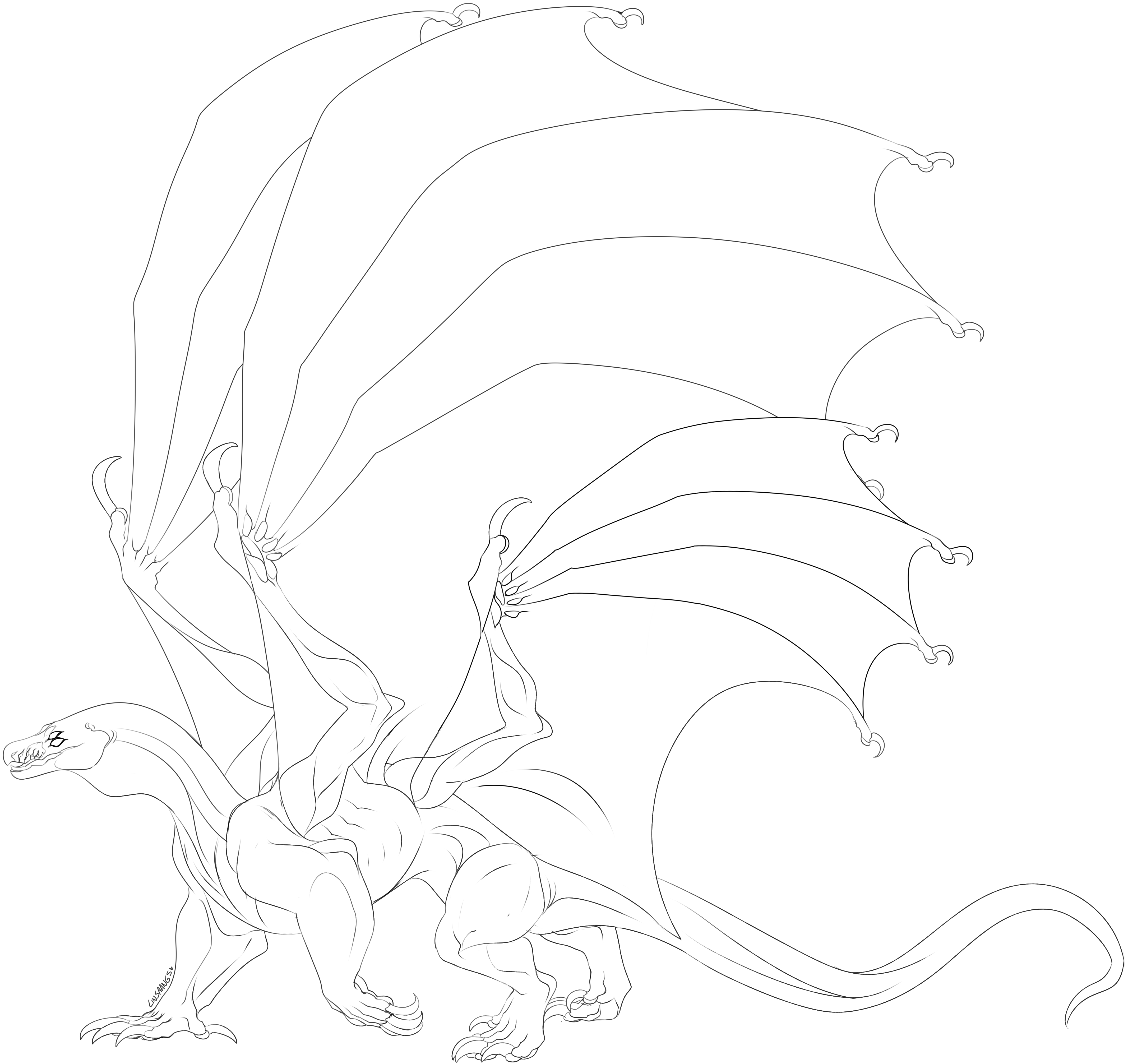
A'thazai'i
- The A'thazai'i are an arboreal subspecies adapted for living in forested biomes with enormous trees. They make their homes in living trees, and hollow them out from the inside and build elaborate multilayered platformed cities in the branches. The A'thazai'i have venomous fangs for defense, fully opposable thumbs on all limbs, and a prehensile tail for gripping branches. Their bodies are lithe and long.

Pola'thazi'i
- The Pola'thazi'i are built to live in the polar regions of Siablan, living in the most extreme temperatures on the planet. They have broad shoulders, long necks, thick forelimbs, and thick tails, and store a lot of fat to keep warm. They sport serrated claws for walking on ice and gripping ice cliffs, and splayed feet for walking on snow.

Mara'thazi'i
- The Mara'thazi'i are a marine subspecies evolved for deepwater environments. They have thick tails for swimming, gills for breathing underwater, webbed talons, and fins along their bodies. Their bodies are sleek and torpedo shaped for efficient swimming.

body subtypes
In addition to the five subspecies of Ra'thazi'i, each has various body types.
ra'thazi'i
Standard
- Thick, muscular, sturdy bodies. Large front legs, straight back, thin hind legs, and stiff tail. These Ra'thazi'i are built for strength, and aren’t very flexible.
- May survive without water for up to 10 days, and up to 5 weeks without eating.
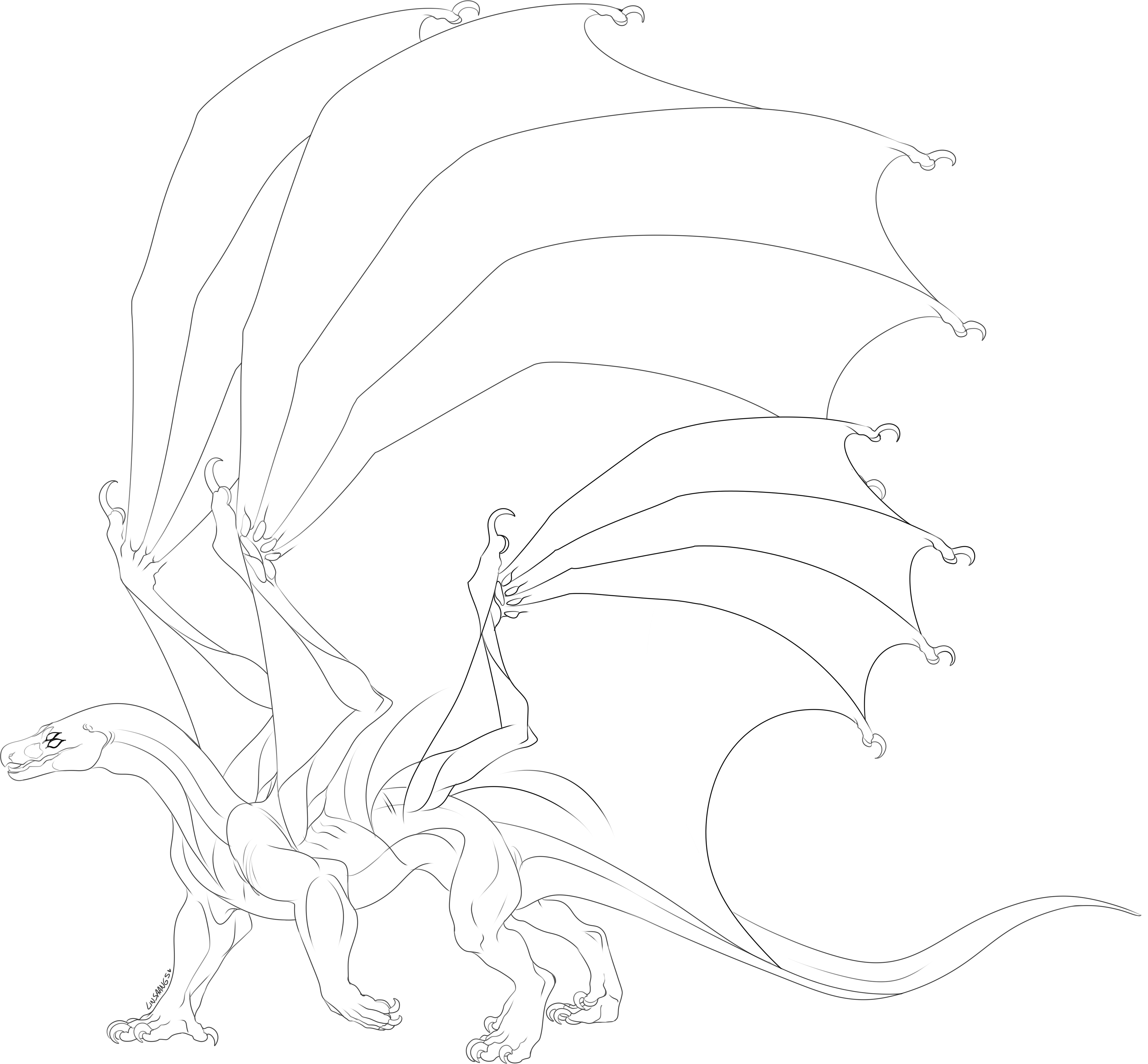
Serpentine
- Long, elongated and flexible bodies. Smaller front legs, curving back, thin hind legs, and flexible tail. These Ra'thazi'i are built for speed, and are taller and longer than the standard of the same age.
- May survive without water for up to 10 days, and up to 3 weeks without eating.
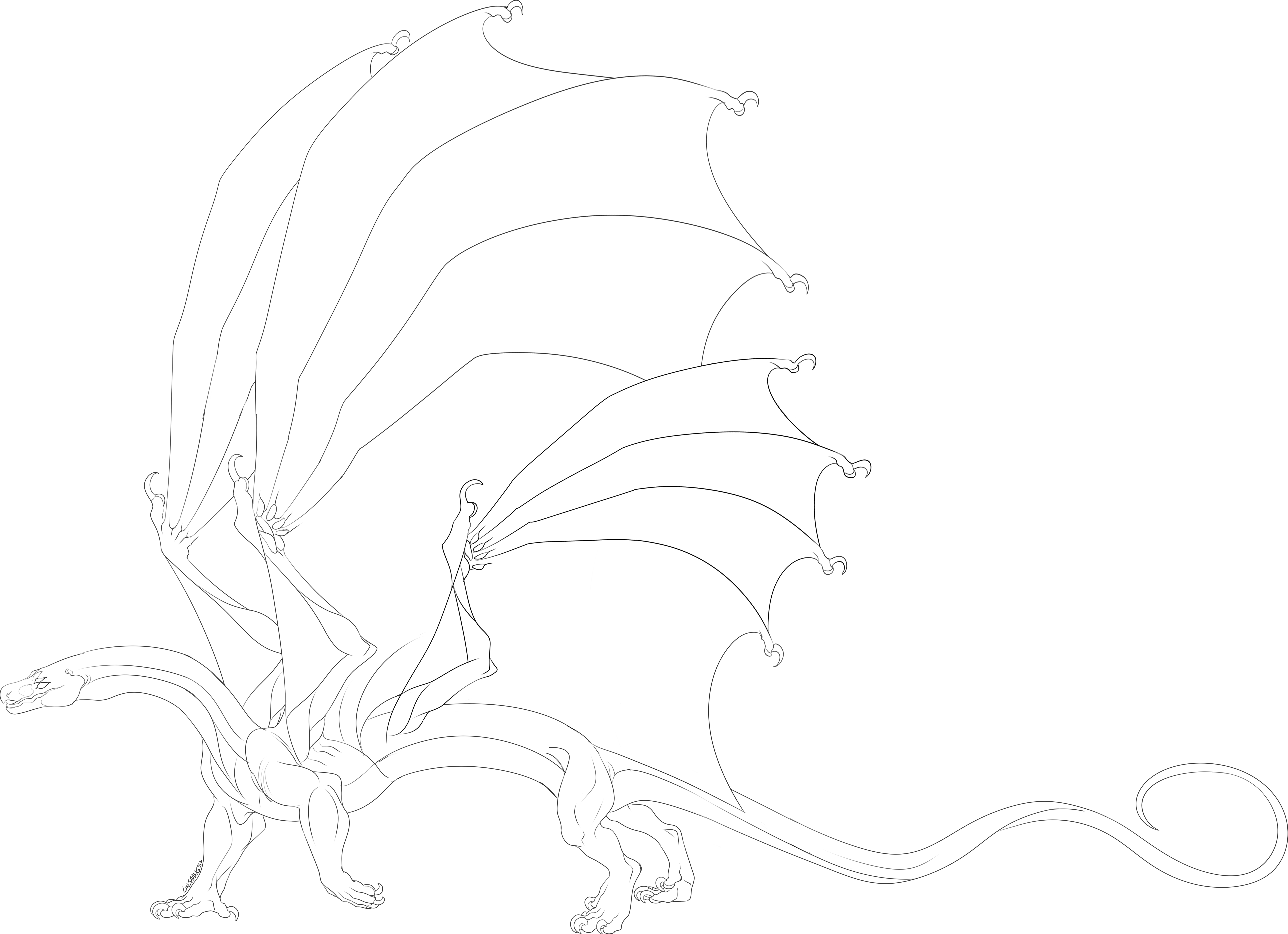
Dwarf
- Small, thick, and fat bodies. Thicker legs, short back, and fat deposits in the tail. Smallest Ra'thazi'i, and often mistaken for youth. Not to be confused with achondroplasia.
- May survive without water for up to 20 days, and without eating for 15 weeks, relying on metabolizing fat stores.
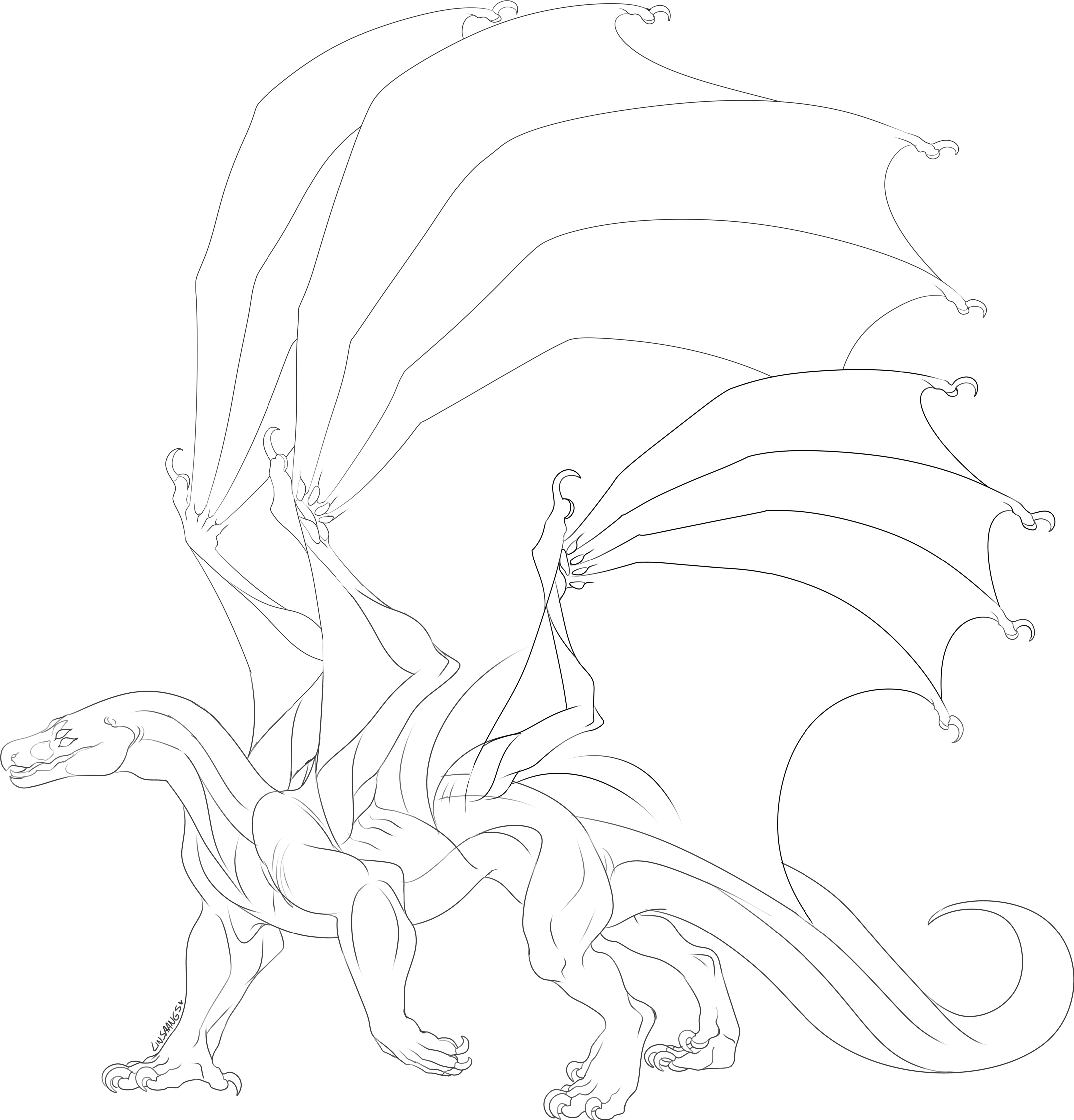
Ca'thari'i
Standard
- Thick, muscular, sturdy bodies. Large front legs, straight back, thin hind legs, and stiff tail. These Ra'thazi'i are built for strength, and aren’t very flexible.
- May survive without water for up to 10 days, and up to 5 weeks without eating.

Serpentine
- Long, elongated and flexible bodies. Smaller front legs, curving back, thin hind legs, and flexible tail. These Ra'thazi'i are built for speed, and are taller and longer than the standard of the same age.
- May survive without water for up to 10 days, and up to 3 weeks without eating.

Dwarf
- Small, thick, and fat bodies. Thicker legs, short back, and fat deposits in the tail. Smallest Ra'thazi'i, and often mistaken for youth. Not to be confused with achondroplasia.
- May survive without water for up to 20 days, and without eating for 15 weeks, relying on metabolizing fat stores.

A'thazai'i
Standard
- Thick, muscular, sturdy bodies. Large front legs, straight back, thin hind legs, and stiff tail. These Ra'thazi'i are built for strength, and aren’t very flexible.
- May survive without water for up to 10 days, and up to 5 weeks without eating.

Serpentine
- Long, elongated and flexible bodies. Smaller front legs, curving back, thin hind legs, and flexible tail. These Ra'thazi'i are built for speed, and are taller and longer than the standard of the same age.
- May survive without water for up to 10 days, and up to 3 weeks without eating.

Dwarf
- Small, thick, and fat bodies. Thicker legs, short back, and fat deposits in the tail. Smallest Ra'thazi'i, and often mistaken for youth. Not to be confused with achondroplasia.
- May survive without water for up to 20 days, and without eating for 15 weeks, relying on metabolizing fat stores.

pola'thazi'i
Standard
- Thick, muscular, sturdy bodies. Large front legs, straight back, thin hind legs, and stiff tail. These Ra'thazi'i are built for strength, and aren’t very flexible.
- May survive without water for up to 10 days, and up to 5 weeks without eating.

Serpentine
- Long, elongated and flexible bodies. Smaller front legs, curving back, thin hind legs, and flexible tail. These Ra'thazi'i are built for speed, and are taller and longer than the standard of the same age.
- May survive without water for up to 10 days, and up to 3 weeks without eating.
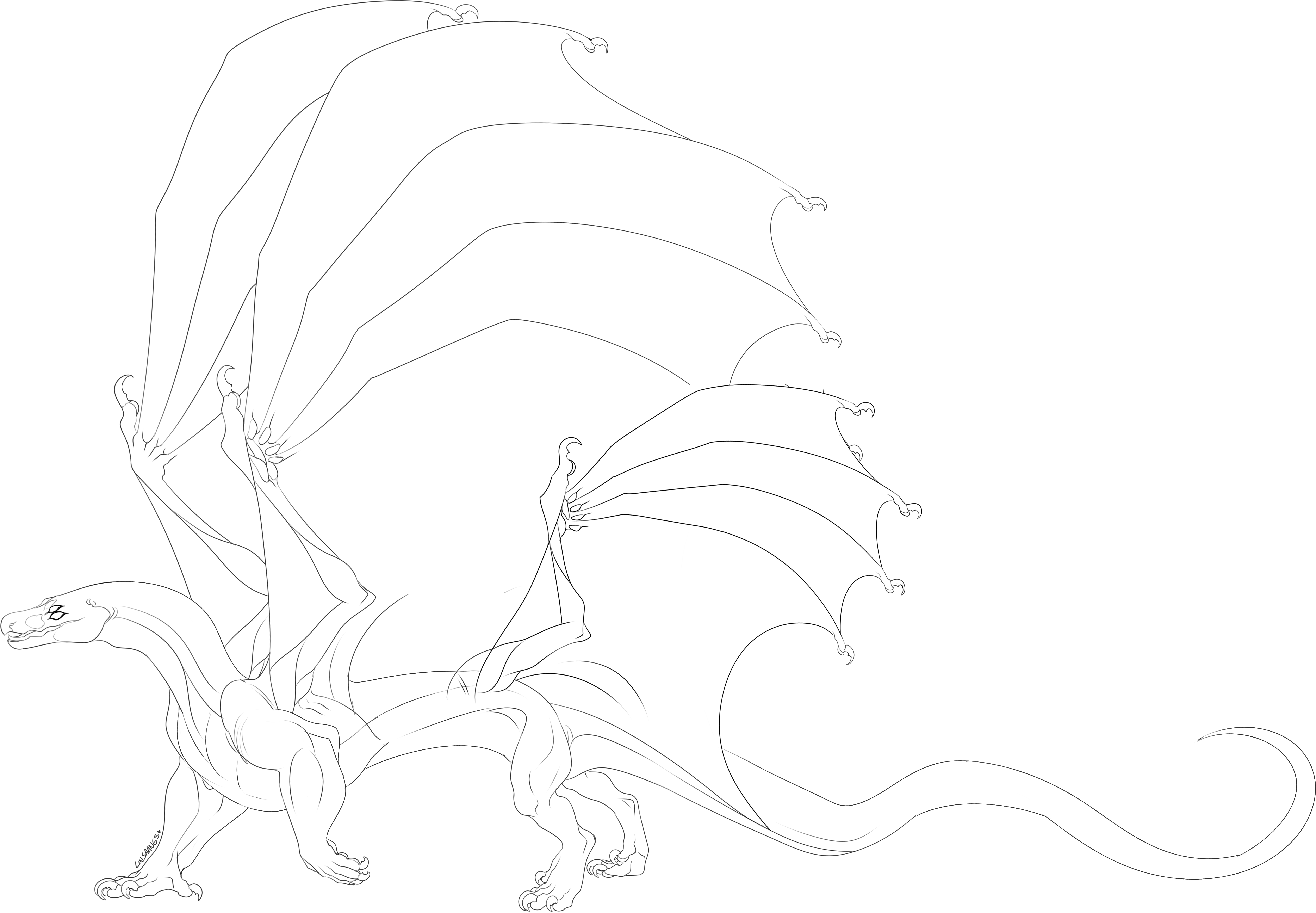
Dwarf
- Small, thick, and fat bodies. Thicker legs, short back, and fat deposits in the tail. Smallest Ra'thazi'i, and often mistaken for youth. Not to be confused with achondroplasia.
- May survive without water for up to 20 days, and without eating for 15 weeks, relying on metabolizing fat stores.
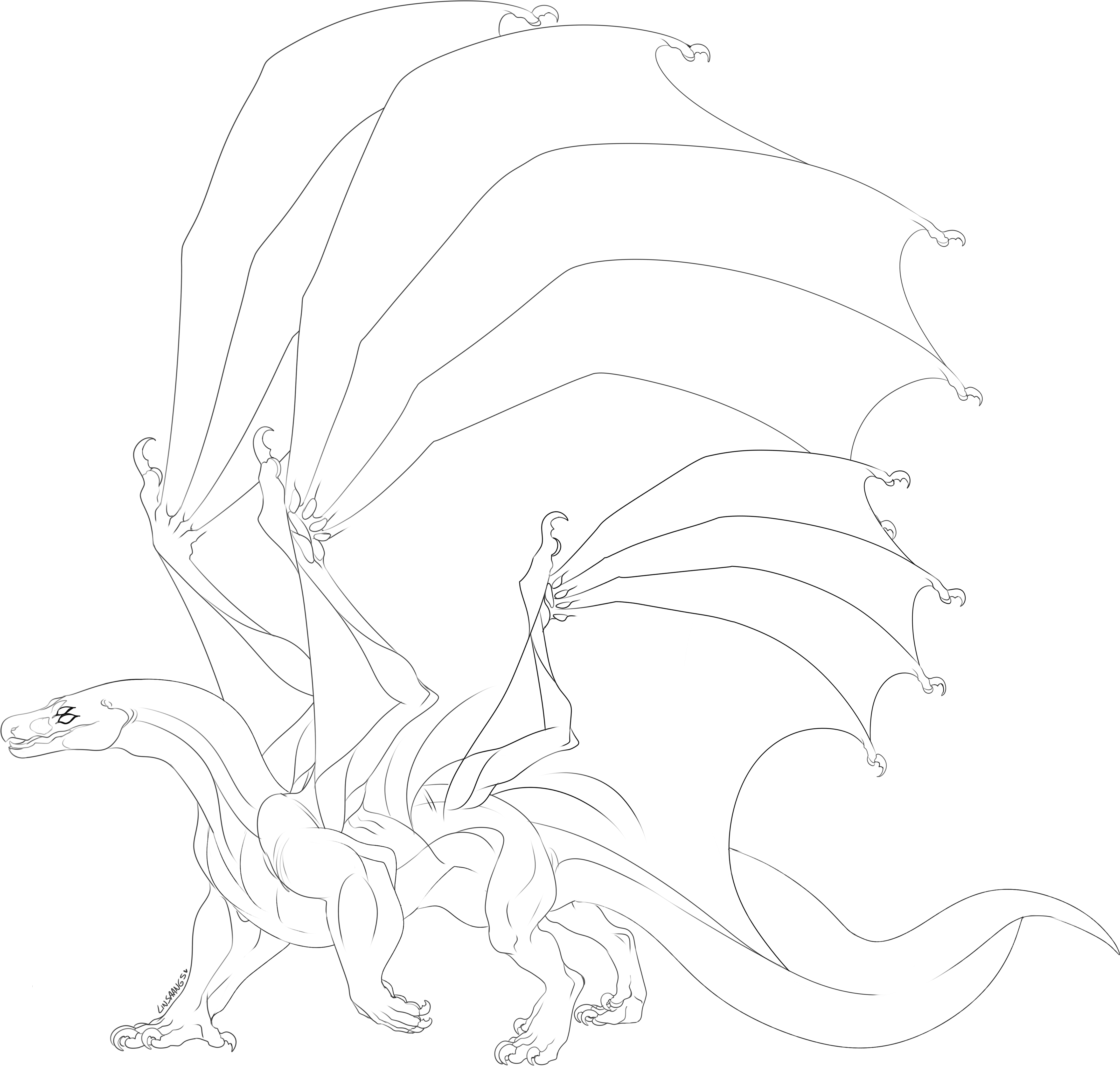
mara'thazi'i
Standard
- Thick, muscular, sturdy bodies. Large front legs, straight back, thin hind legs, and stiff tail. These Ra'thazi'i are built for strength, and aren’t very flexible.
- May survive without water for up to 10 days, and up to 5 weeks without eating.

Serpentine
- Long, elongated and flexible bodies. Smaller front legs, curving back, thin hind legs, and flexible tail. These Ra'thazi'i are built for speed, and are taller and longer than the standard of the same age.
- May survive without water for up to 10 days, and up to 3 weeks without eating.

Dwarf
- Small, thick, and fat bodies. Thicker legs, short back, and fat deposits in the tail. Smallest Ra'thazi'i, and often mistaken for youth. Not to be confused with achondroplasia.
- May survive without water for up to 20 days, and without eating for 15 weeks, relying on metabolizing fat stores.

bipedal forms
Ra'thazi'i are capable of shifting between their draconian and bipedal forms naturally, although it expends energy. Shifting frequently will make a Ra'thazi'i very hungry, as it burns calories fast. Ra'thazi'i mostly use their bipedal form for fine motor tasks that require the use of their hands. Ra'thazi'i do not have breasts or a belly button.
Ra'thazi'i are capable of “tucking” their wings into their bodies within their bipedal form, for the ease of maneuvering in tight quarters.
Ra'thazi'i wing membranes in their bipedal form only extend to the end of their spine, to allow for clothing. They have long slits in the back of their clothes for their wings to push through. Ra'thazi'i have avian scapulae to allow for the wing bones to attach to the musculoskeletal structure, not human shoulder blades!
body subtypes
Standard
- Thick, muscular, sturdy bodies. Large forearms, straight back, thin hind legs, and stiff tail. These Crysalla have an abdominal and limb fat distribution pattern. These Crysalla are built for strength, and aren’t very flexible.

serpentine
- Long, elongated and flexible bodies. Smaller forearms, thin legs, and flexible tail. These Crysalla have an hourglass fat distribution pattern. These Crysalla are built for speed, and are taller than the standard of the same age.
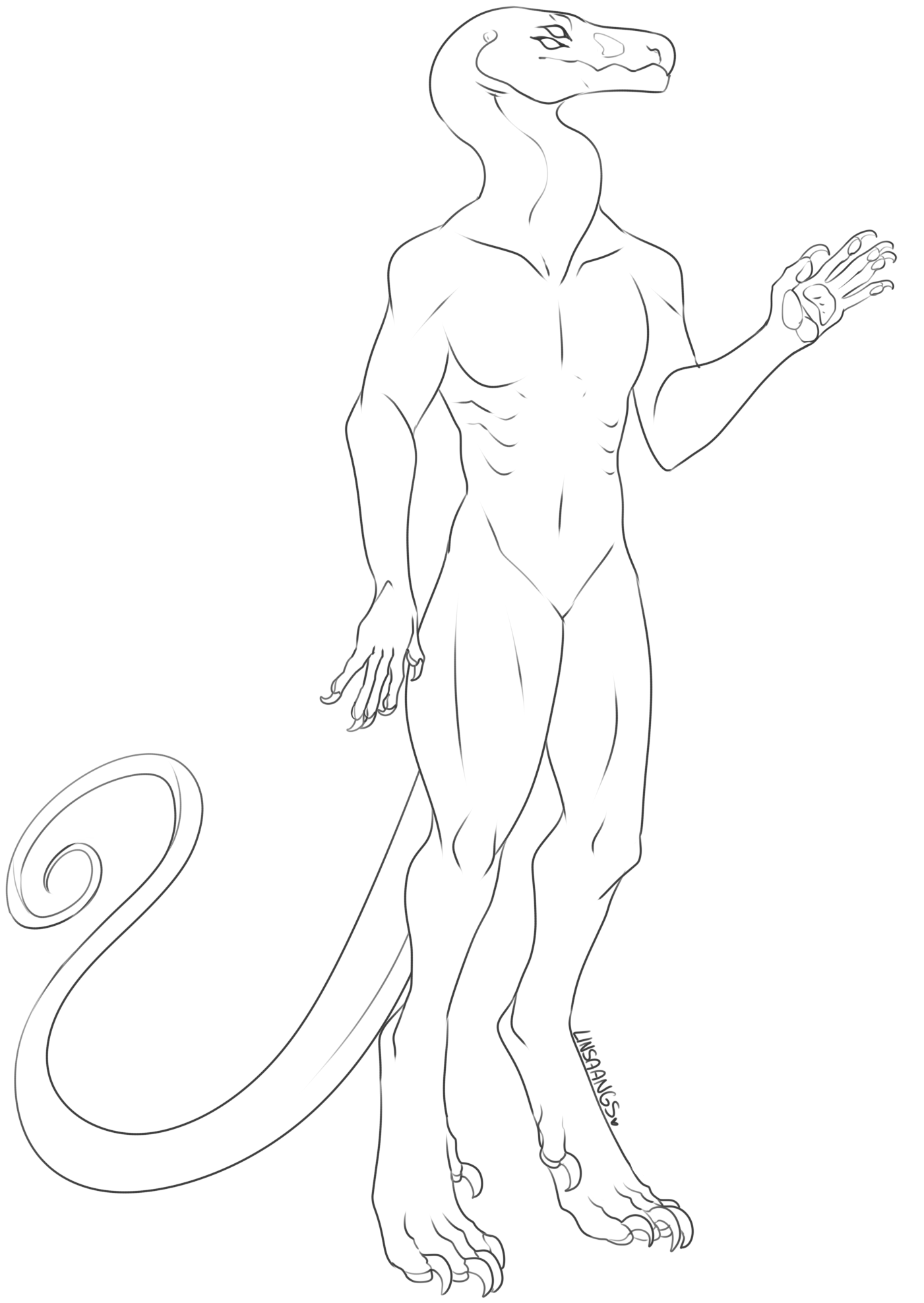
dwarf
- Small, thick, and fat bodies. Thicker limbs, short stature, and fat deposits in the tail. These Crysalla have an even fat distribution pattern throughout their body. Smallest Crysalla, and often mistaken for youth. These Crysalla are built for going long periods of time without eating. *Not to be confused with achondroplasia.
